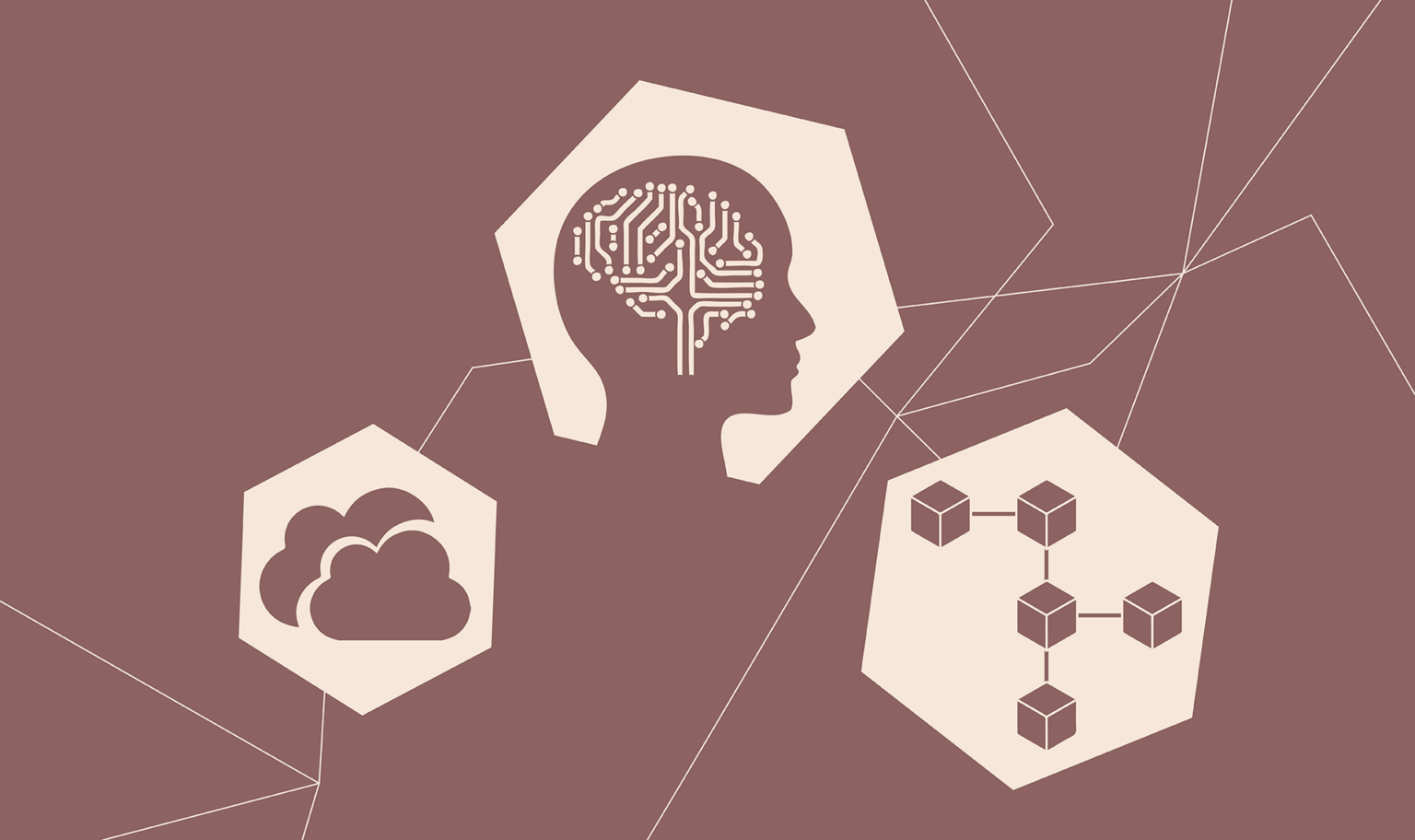The rapid evolution of technology is both exciting and daunting, as businesses strive to identify and back the right technologies that will drive positive change within their organisation. Understanding which to explore and test and which to press on and implement can be challenging, particularly when new technologies are frequently announced with much fanfare far before benefits are truly realised.
To help get an expert perspective on the matter, Savannah Group recently hosted an event for a selection of CIOs, CTOs and CDOs and invited Dr Jai Menon, Chief Scientist at Cloudistics to lead a discussion on the major technological changes driving change in organisations at the moment. Jai’s distinguished career has seen him serve as CTO of some of the largest systems businesses in the world including IBM and Dell. He is recognised as an IBM Fellow and was a pioneer behind the creation of RAID technology – now a $20 billion industry.
Jai’s presentation and subsequent discussion focused on three primary technologies highlighted for their potential in shaking up technology and inciting the next corporate technological revolution: artificial intelligence (AI), cloud computing and blockchain. A few of the executives in attendance were already investigating or implementing these types of technology and could also offer insights into their use, as well as the challenges they are having in implementing these new innovations.
Factors Driving the Technological Revolution: AI
Data Labelling Remains A Key Challenge
AI is changing the way that businesses undertake tasks. Menon outlined a fundamental shift in paradigm in working with IT. In the past, IT professionals programmed computers, but AI has driven a very important shift towards teaching computers instead. This has been dubbed Software 2.0, with Software 1.0 representing the programming ways of the past. In Software 1.0, computing problems were broken down into manageable chunks to resolve difficult problems. Following that, programming was undertaken to deliver the desired result. Software 2.0 tackles problems very differently. Instead, data is fed into the computer and the machine learns what is important and why. It figures out what matters for itself, and optimises results accordingly.
Implementing AI and machine learning is, unsurprisingly, not straightforward. It’s important to remember that these technologies are still in their infancy so there are still many challenges to overcome which will get easier as understanding grows. One of the problems that companies are commonly running into at the moment is the effort needed for the labeling of data needed during the training phase when the AI is being taught how to sort and categorise the data it has access to. As Jai explains, “It takes a lot of human effort to label the data to the computer in the first place so that the machine can learn.” There is a massive volume of data required to help machines learn effectively, and getting that data in shape can require significant human resource. An active area of ongoing AI research is how to entirely eliminate the need for training the AI, or for how to achieve training with only a small amount of labelled data.
Real World AI Use-Cases Are Becoming More Common
They are also seen in healthcare for reading medical images and for drug development. In agriculture they are being utilised for making decisions on where to plant, when to plant and what to plant. When combined with the Internet of Things, AI can be used to detect where maintenance is required, such as with leaks in oil and gas pipelines too. All of these types of helpful applications can increase competitive advantage, and companies not using AI can find themselves under significant competitive pressures. Menon also provides an example of the use of AI within the Technology space. As he explains of Google, “They’re using AI in a massive way across all of their data centres and have reduced the amount of energy that they’re consuming by around 15% in their data centres.” If Google can achieve these types of savings within their datacentres it is likely other businesses will be able to save money on their IT infrastructure in a similar way.
An approximation is that six percent of his customers are already deploying AI solutions while sixty percent are gathering information to pinpoint ways in which AI and machine learning may be of use to them. Change is being driven in many cases by product teams, engineering teams and service and support departments rather than higher up in the organisational echelons.
Organisational Clarity Around The Problems AI Should Be Solving Remains Elusive
The discussion highlighted that one of the most difficult challenges is finding the right problems to apply AI and machine learning to in the first place. Without clearly defined goals, AI may not deliver anything of value to the business and may be a waste of time and money. Attracting talent to deliver AI and machine learning advancements can also be an issue, given that Goliaths like Google and Facebook attract the best and brightest in this field. The discussion highlighted that if done well, however, AI can at a minimum help organisations process dull tasks, and there is likely to be applicability to most industries in some way or another.
Cloud
Cloud Is Well-Established but Still Evolving
Cloud is a technology close to Menon’s heart, given his work at Cloudistics. Cloud technology is also the most advanced of the three technologies driving revolution in organisations across industries. Cloud technology is not new but is still in a state of evolution, and the latest cloud technology offers businesses the opportunity to both increase efficiency and to cut its IT infrastructure costs. At the same time, cloud technologies have opened up a tremendous amount of storage capacity for both individuals and corporations, allowing previously inconceivable business innovations to be implemented in a cost-effective manner. Critically, cloud facilitates big data developments and use.
New paradigms such as Serverless and containers are Emerging
Serverless technology is a new way to develop applications for the cloud. Jai states, “I see the cloud providers putting a lot of energy and effort into those technologies. I think serverless will be big.” The name is a bit of a misnomer as serverless technology does indeed use servers. It can be otherwise described as “event-driven programming”. When a specific event happens, this triggers a certain piece of code to run. The benefit of this for organisations is that they need not concern themselves with how many servers are needed or capacity, or even which servers to run. While it is early days for serverless, this cloud application is predicted to be big. That said, thought needs to go into its use so that it is optimised effectively. The major benefit from a cost perspective however is that companies only pay for capacity when events are triggered.
The use of container technology (a method where applications are packaged so that it can be run, with its dependencies, isolated from other processes) is also advancing rapidly. Approximately 20% of Menon’s customers are now using containers. However, he acknowledges that they are generally only using these for a small number of applications. Nonetheless, the use of containers is fast growing, and between 2017 and 2018, the growth in the use of containers is estimated at around 40%.
Hybrid Cloud May Be The End Result
There is also an evolution relating to the different types of cloud, such as the public cloud (storing your data on Amazon or Googles servers) and the private cloud (storing data on your own cloud servers), with a recent trend away from the public cloud in some quarters. Factors impacting on the use of these different types of cloud include cost and security as well as control. There has been concern among IT functions due to a lack of control and around having sufficient capacity – issues which have also influenced changes in this area. Security is a particularly big concern, particularly around the public cloud. Analysis from 451 Research indicates that by 2020 38% of apps will be in the private cloud and 30% in the public cloud. There is a lot of movement between each. As yet unpublished analysis from IDC indicates that 80% of enterprises that moved to the public cloud relocated at least one application back to the private cloud. Major technology players are also responding to these needs. For example, Microsoft’s Azure proposition may be considered a private cloud. Menon says “I really believe that some form of a hybrid cloud is where the world will get to.” This is likely to include a mix of different cloud solutions.
While cloud is the most advanced of the technologies that are driving a revolution in corporations, there is no doubt that change is still to come in this area as the technology and its uses continue to evolve.
Blockchain
Blockchain Has Created a Lot of Hype
Blockchain too is having an impact on corporations, but this is in the earlier stages of inciting a technological revolution. While slower in bringing forth applications that will transform organisations and the way that people do business, it is highlighted as a “technology of tomorrow”. There has been a lot of hype around blockchain, and this is problematic as it makes it more challenging to see its genuinely useful applications for business. Menon predicts that 90% of the hype will not come to fruition.
Blockchain Brings Trust and Security Advantages
Blockchain is a type of database with specific, unusual properties. One such property is the fact it is immutable. Nothing can be changed or deleted later. Transactions can be reversed, but what is in the blockchain cannot be removed. This has tremendous benefits because it makes fraud impossible. Further, it allows trust to be developed between different entities. As Jai puts it, “the thing that makes it really interesting, is that it lets you create trust between different entities that don’t have trust amongst each other, without the need for any central authority anywhere.” There is simply no way that a transaction came from someone other than indicated in the blockchain and this removes the need for a central authority to validate transactions.
The Financial Sector Is Leading the Way But It Is Early Days
Given the fact that there is no way to counterfeit transactions in blockchain, for obvious reasons many early applications of this technology have been advanced in the financial sector. Menon observed that in 2017, 80% of applications could be seen in financial industries. Yet already by 2018, this figure was closer to 50%, indicating the speed of advancement of take-up in other industries. As Menon puts it, “Blockchain is still in its early days. 1% say they have adopted it. One per cent. Eight per cent say they are in active experimentation, and 80% express no interest today.”
Aside from in the financial industry, other applications of this emerging technology include the tracking of records such as in the real estate industry or within the supply chain. It is also being put to use in retail, and even in the jewellery industry. Menon highlights the case of De Beers, the diamond company using blockchain to track where the jewel was mined through to where it is right now. This reduces the time spent on this type of tracking from days down to minutes.
Applying Blockchain Appropriately Will Drive Results
As with the other ground breaking technologies highlighted, a word of warning is issued around its use. There is little point jumping on the bandwagon and implementing blockchain just for the sake of it. It is most likely to be of use where immutability is critical. There have been numerous inappropriate uses of blockchain where immutability is not important. This may mean that the technology is not being applied in the most helpful ways by some organisations and in some cases, this can lead to poor performance and a lack of results.
The best investments in this revolutionary technology are likely to be well thought out and focused on the benefits that blockchain can bring for specific use cases, based on its unique strengths. Implementing blockchain because it is “cool” probably does not make good business sense. As with anything, common sense good business practices should be applied to selecting new technologies like this for resolving corporate problems.
Summary
The most advanced technology, cloud, is still transforming due to security concerns and is most likely to evolve into hybrid cloud solutions which might include private and public cloud as well as serverless. The least developed, blockchain, is subject to a lot of hype, and fewer practical applications have been developed for the real world. Yet this technology has tremendous potential in the finance sector, and for governance and trust. Meanwhile, AI is fast advancing with plenty of uses identified, but challenges with data labelling slowing the revolution. Menon encourages experimentation that is relevant to the business with caution around the hype for the greatest chances of success.




